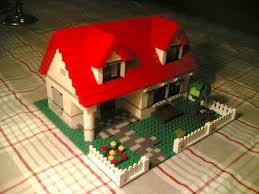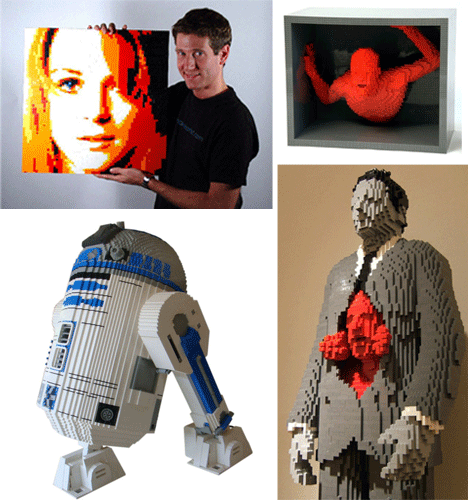I found these on the web and had to share them. Goes to show how important those historic photos are and how creatives can use them in fun and thought provoking ways. Enjoy the mashups!
Sergey Larenkov
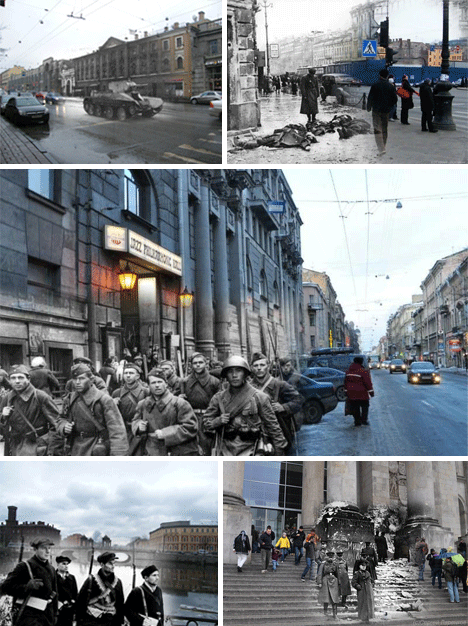
Sergey Larenkov scours archived photographs and then locates the exact position they were taken from. By mixing the modern and past photographs he gives a remarkable glimpse between how similar (and different) locations and people can be.

Concentrating mostly on times of military struggle, like World War II, Sergey Larenkov brings wartime to the contemporary peaceful streets. Seeing tanks rolling down a highway is much more poignant with the modern connection.
Jason Powell – Looking Into the Past
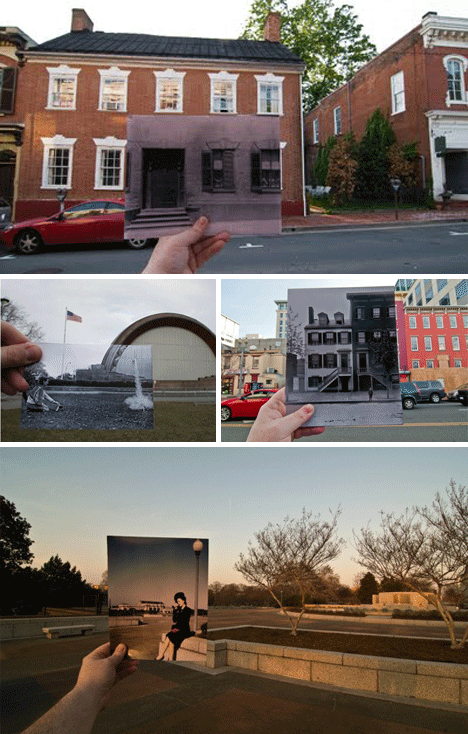
Jason Powell’s flickr pool is called “Looking Into the Past” and places old photographs in their modern locations. The changes are often drastic, but more often, surprisingly similar.
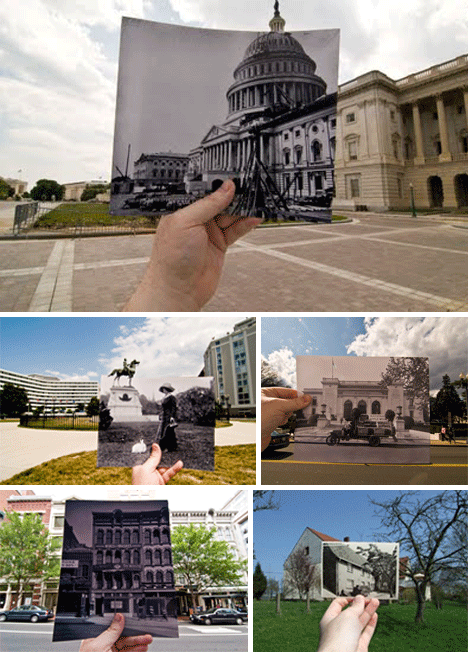
Everything from recent construction to changes in vehicles and fashion are revealed by these portals into the past. There’s something beautiful about viewing an old photograph exactly as the original photographer first saw it.




